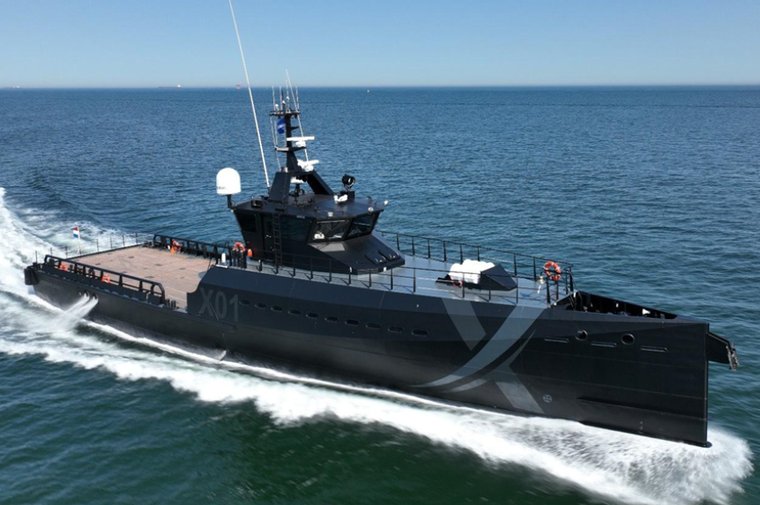Details
More Products & Services
Products & Services
Shephard Plus Update
Shephard Media
Shephard Plus is updating in June 2018 with rich new capabilities, and is now one of the most cost-effective and valuable aerospace and defence market intell...
Defence Insight
Shephard Media
Some of the things people like you use Defence Insight for:
- Total addressable market sizing ($)
- Competitor analysis
- Cost analysis
- Market forecasting
- Growth identification
- Increasing closing ratio
- Increasing closing order value
- Estimating product potential
- Calculating sales forecasting
- Supply and demand analysis
- Total addressable market sizing ($)
- Competitor analysis
- Cost analysis
- Market forecasting
- Growth identification
- Increasing closing ratio
- Increasing closing order value
- Estimating product potential
- Calculating sales forecasting
- Supply and demand analysis
Military Unmanned Systems Handbook
Shephard Media
The Military Unmanned Systems Handbook (Digital Download) is an international guide to the military UV industry and provides detailed information on air, ground and sea (surface & sub-sea) vehicles as well as subsystems. What's included: Unencrypted 390+ page PDF of equipment and supplier information Market summary
Description
The UK Royal Navy (RN) has purchased new CUAS sensors which were developed by the UK's DASA and LiveLink Aerospace.
The procurement follows LiveLink receiving a contract in 2020 under the Countering Drones: Phase 2 competition, an effort run on behalf of the Home Office, which was followed by further work as part of a Royal Navy tender in 2022.
The consortium developed a low-cost, flexible and scalable sensor unit for tracking multiple UAS called Passive Detection & Ranging (PDAR) and following competitive field trials, the RN procured more than 10 CUAS systems for their frontline ships
The PDAR system uses conventional software defined radios, integrated circuits that can be reprogrammed and an innovative implementation of Convolutional Neural Networks technology to detect radio frequencies (RF) emitted by drones. The sensor unit itself is also silent and stealthy, as it does not emit RF emissions that could alert an adversary.
The latest purchase is for CUAS sensors which can be installed on ships, boats or fixed sites and trials have already taken place of the sensor on RN experimental ship, XV Patrick Blackett.
The procurement follows LiveLink receiving a contract in 2020 under the Countering Drones: Phase 2 competition, an effort run on behalf of the Home Office, which was followed by further work as part of a Royal Navy tender in 2022.
The consortium developed a low-cost, flexible and scalable sensor unit for tracking multiple UAS called Passive Detection & Ranging (PDAR) and following competitive field trials, the RN procured more than 10 CUAS systems for their frontline ships
The PDAR system uses conventional software defined radios, integrated circuits that can be reprogrammed and an innovative implementation of Convolutional Neural Networks technology to detect radio frequencies (RF) emitted by drones. The sensor unit itself is also silent and stealthy, as it does not emit RF emissions that could alert an adversary.
The latest purchase is for CUAS sensors which can be installed on ships, boats or fixed sites and trials have already taken place of the sensor on RN experimental ship, XV Patrick Blackett.

Share
Recent Chats
Share via email
Future: handle WhatsApp here
Future: handle LinkedIn here
Future: handle Twitter here
SUBMENU HERE
Share via Chat
Copy Link



